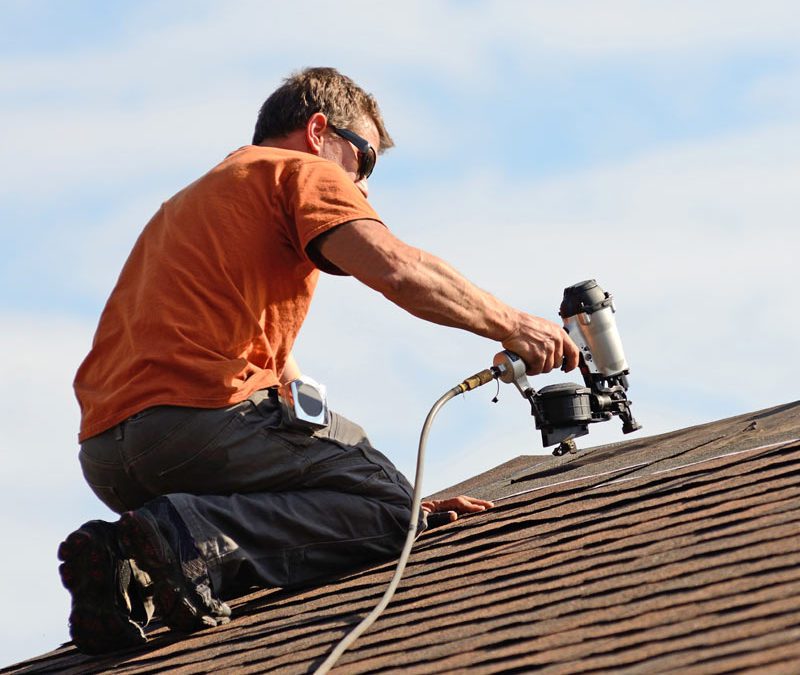If you’re in need of a new roof or repair, you may be tempted to do it yourself and/or hire a friend, due to the cost of getting it done professionally. Like many professional contract roofing companies believe, it’s discouraged against because of how dangerous it can be. We all know roofing repairs are pricey, but so are medical bills. If you do decide to go at it alone and not hire a professional, below are five do’s and don’ts of roofing.
1. Plan Ahead
From acquiring the needed materials, to checking the weather forecast, make sure you go into your roofing project well-prepared. Make a checklist of everything and anything you’ll need and make sure you have access to it before starting the project. It’s also best to make sure you have an estimate time frame of how long the job will take. Planning will always lead to better progress.
2. Consider Your Options
Before starting any roofing project, consider all of your options and get a quote from a respected, trusted professional in your area. A large roofing job needs to be done properly because it directly affects the structural integrity of your home.
If you just need to repair a few loose shingles, it’s a little less complex of a job and can be done by yourself. Just consider the level of danger it involves though. Some roofs are much higher and steeper than others. Remember, take everything into consideration.
3. Don’t Work Alone
No matter how simple the project sounds, never work on a roofing project alone. It’s best to have an extra pair of hands and eyes around. Your project will take less time and run smoothly, when someone is there moving heavy shingles or other materials and giving you a heads up on potential trouble spots. And if an accident were to occur, that person will be there to help.
4. Keep Your Worksite Clean
Worksites can get pretty messy. Make sure you keep the area clear of debris and other work materials. When you are walking on a steep roof, observe things such as nails, stray tools, and even loose shingles. These can be a major safety hazard.
5. Bring Along Safety Gear
Because roofing is dangerous, safety gear is necessary. Most roofs are slanted, so having shoes with good traction will keep you from slipping. Soft, rubber-soled boots are what professionals go-to when working on roofs. A helmet is another must-have. Wearing a helmet can minimize head injury if you sustain a fall. Safety glasses and harnesses are other items to consider.

